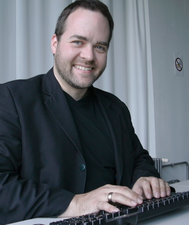Klaus Knopper answers your Linux questions
Ask Klaus

Klaus Knopper answers your Linux questions.
Cloning Live System USB Flash Drives
Dear Klaus,
First, I want to thank you once again – this time for solving my problem with 3G connectivity in issue 178 [1]. Knoppix 7.5.0 now runs like a charm on my old Eee PX 901Go, from which I could finally drop the way-too-old Xandros I still used because of the 3G issue.
I have another question: As I have made already a few USB sticks for friends with Knoppix 7.5.0, I found myself always doing the same postinstall jobs (e.g., adding a few programs, changing the keyboard default layout, adding plugins to the web browser, …). It would be nice if I could just make a new clone of such a modified Knoppix 7.5.0 that includes all those changes.
[...]
Buy this article as PDF
(incl. VAT)
